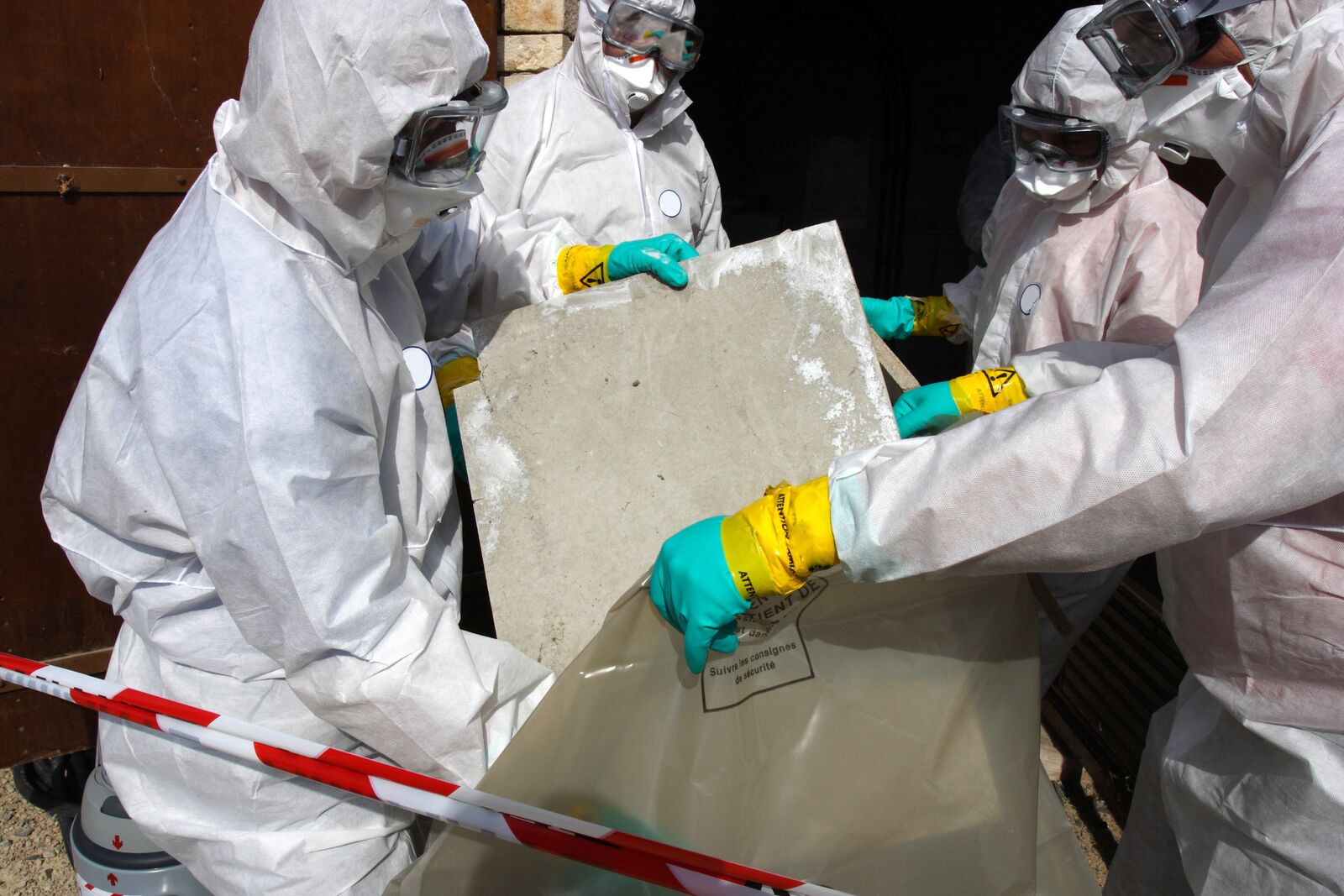
Asbestos, once considered a revolutionary building material for its durability and fire-resistant properties, is now a widely recognized health hazard. Despite being banned or restricted in many countries, it still lurks in older construction materials, posing a silent threat to building occupants. But, how do you know if your building is at risk? When exactly should you consider asbestos testing?
This blog explores the key situations and benefits of conducting asbestos testing, empowering building owners and managers to make informed decisions for safety and compliance.
What Is Asbestos and Why Should You Be Concerned?
Before we explore the when, it’s important to understand the why. Asbestos refers to a group of naturally occurring minerals that were commonly used in construction materials, such as insulation, roof shingles, and floor tiles, due to their heat resistance and strength. However, inhaling asbestos fibers can lead to serious health issues, including mesothelioma, asbestosis, and lung cancer.
Many buildings constructed before the 1990s may still contain asbestos, making regular testing an essential component of responsible property management.
When Should You Consider Asbestos Testing?
1. Before Renovation or Remodeling Projects
One of the primary situations requiring asbestos testing is before starting any renovation or remodeling work. Drilling, cutting, or disturbing building materials like walls, floors, or ceilings can release asbestos fibers into the air, creating a health hazard for workers and occupants alike. Testing before beginning construction ensures everyone’s safety.
2. When Purchasing Older Property
If you’re buying a property built before the mid-1990s, asbestos testing should be part of your due diligence. Older homes and commercial buildings may have hidden asbestos-containing materials, such as old insulation or roofing. Testing these properties can prevent future risks and help estimate removal costs, if necessary.
3. Before Demolition
Demolition is a risky process if asbestos is present. Disturbing asbestos-containing materials can release fibers into the air in large quantities, endangering workers and nearby residents. Testing for asbestos ensures hazardous materials are identified and properly managed before the building is torn down.
4. If Your Building Shows Signs of Aging
Even if your building has shown no immediate risks, aging structures are prone to wear and tear, which can lead to exposed asbestos materials. Cracks, crumbling insulation, or damaged walls could indicate the presence of asbestos. Testing at this stage can help prevent potential exposure and address aging materials safely.
5. For Peace of Mind
Even if you’re not engaged in construction or moving into an older property, regular asbestos testing for older buildings can provide peace of mind. Knowing that your building doesn’t pose hidden risks to its occupants ensures you maintain safety and compliance with health regulations.
Benefits of Asbestos Testing
Investing in asbestos testing can yield significant short- and long-term benefits for property owners and managers:
Protects Occupants’ Health
Early asbestos detection prevents harmful exposure to building occupants, safeguarding their health and well-being.
Ensures Compliance with Regulations
Many regions have strict laws regarding asbestos management. Conducting tests helps ensure your building aligns with these regulations to avoid fines or legal issues.
Facilitates Safe Renovations and Demolitions
Testing ensures that construction and demolition projects proceed safely by identifying and isolating hazardous materials like asbestos.
Boosts Property Value
Buildings certified as asbestos-free are often more attractive to buyers and tenants, as they offer peace of mind and safety assurances.
